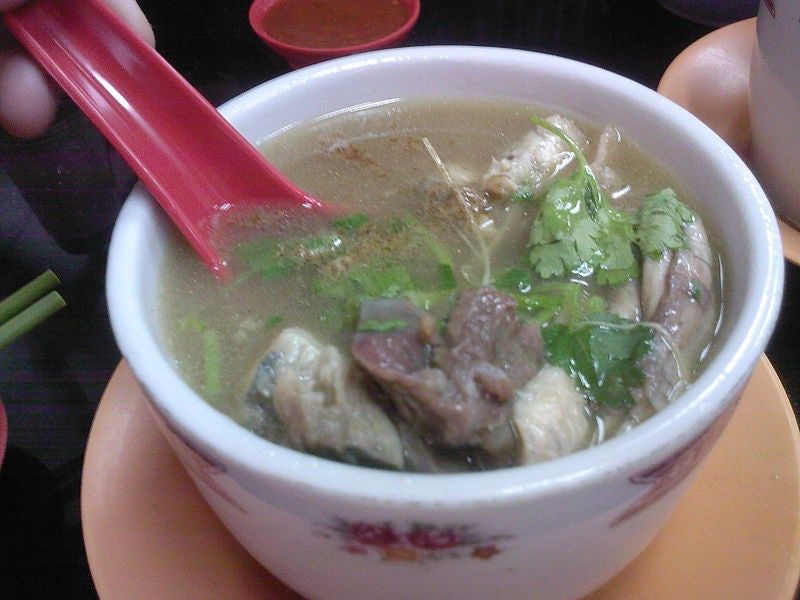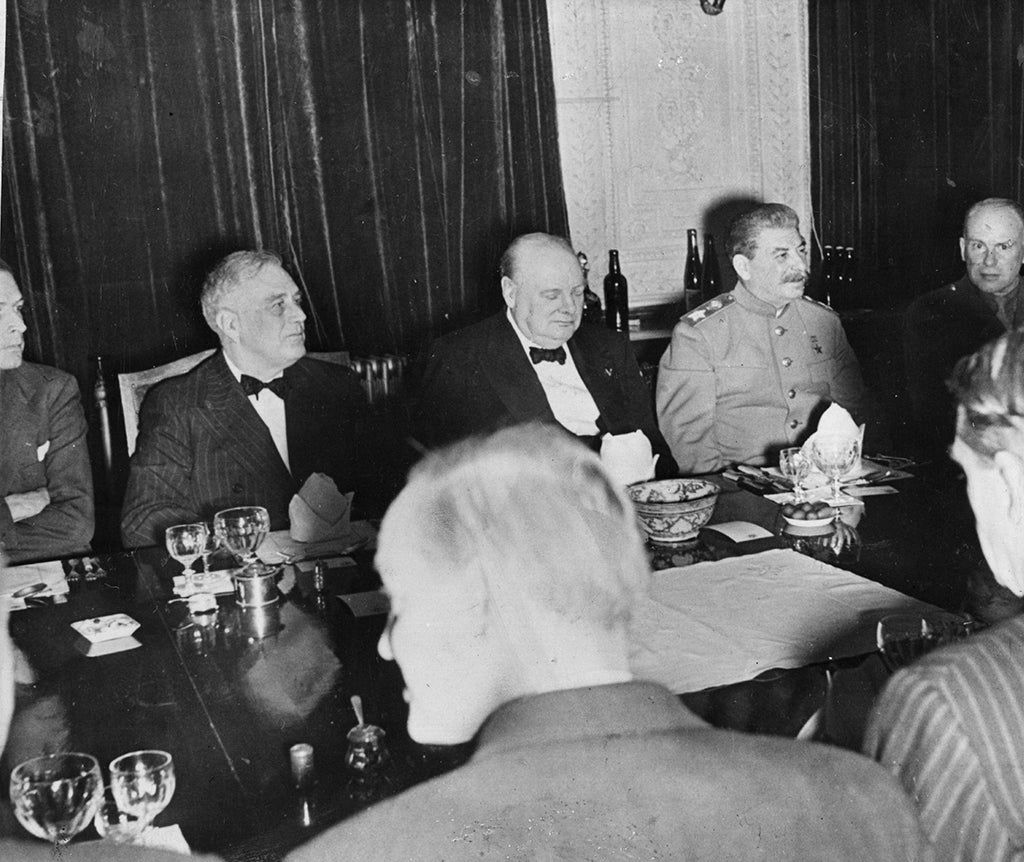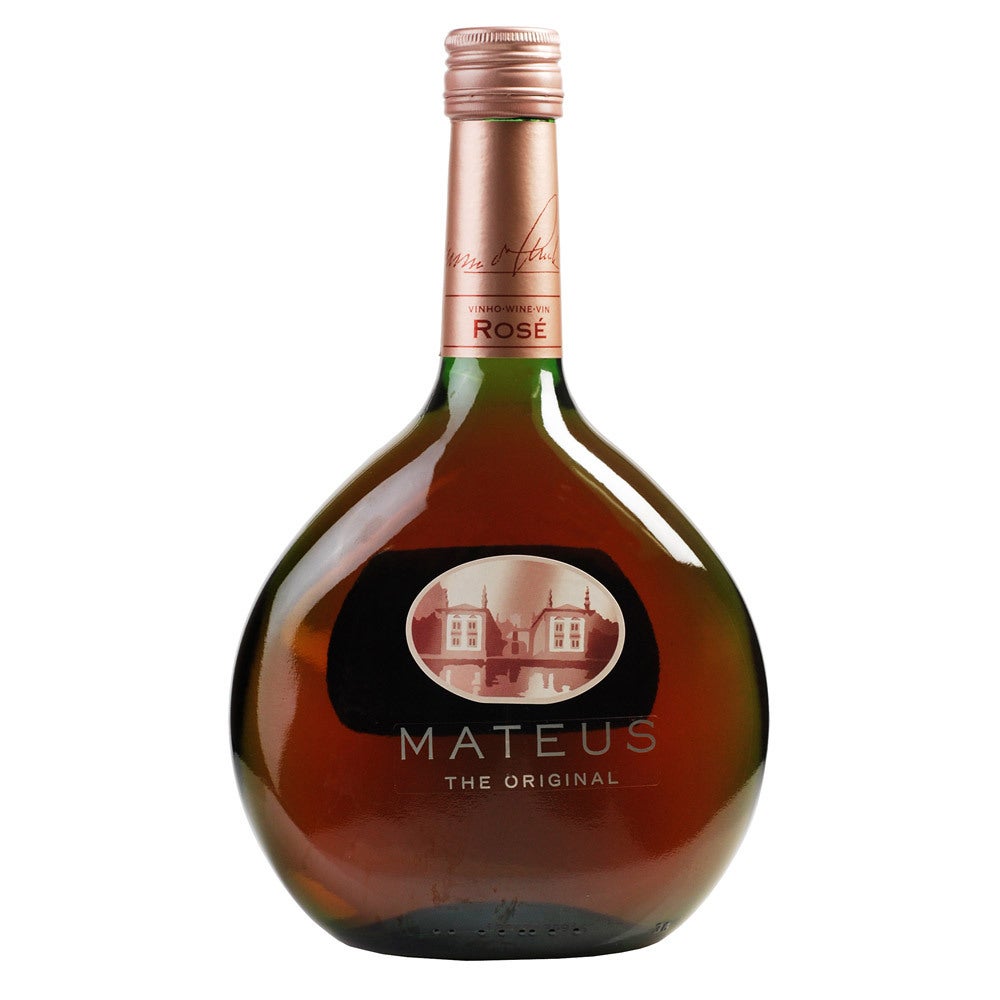Dictators' Dinners: From Hitler's vegetarianism to Kim Jong-Il's Iranian caviar
John Walsh reads up on the dos and don'ts of dining with history's great dictators

Your support helps us to tell the story
From reproductive rights to climate change to Big Tech, The Independent is on the ground when the story is developing. Whether it's investigating the financials of Elon Musk's pro-Trump PAC or producing our latest documentary, 'The A Word', which shines a light on the American women fighting for reproductive rights, we know how important it is to parse out the facts from the messaging.
At such a critical moment in US history, we need reporters on the ground. Your donation allows us to keep sending journalists to speak to both sides of the story.
The Independent is trusted by Americans across the entire political spectrum. And unlike many other quality news outlets, we choose not to lock Americans out of our reporting and analysis with paywalls. We believe quality journalism should be available to everyone, paid for by those who can afford it.
Your support makes all the difference.In her Gourmet Cooking School Cookbook, published in 1964, the British chef Dione Lucas recalled when she worked in the kitchen of a Hamburg hotel in the 1930s. Under one recipe, she wrote: “I do not want to spoil your appetite for stuffed squab, but you might be interested to know that it was a great favourite with Mr Hitler, who dined at the hotel often.”
It is hard not to be fascinated by the food choices of political monsters, an area of learning where we can match our experience, our enthusiasms and dislikes, against people whom we otherwise take to be not-quite-human. So hurrah for Dictators’ Dinners by Victoria Clark and Melissa Scott, a digest (if that’s the word) of the fave dishes and top snacks of 20th-century autocrats. It’s part history and part cookbook, so you can astound your friends by serving them Fidel Castro’s sea turtle soup.

Mussolini disliked pasta, claimed mashed potato gave him headaches and loved rough-chopped raw garlic with oil and lemon (his wife, understandably, tended to sleep with the kids.) You discover that Stalin’s favourite chef, Spiridon Putin, was the current Russian President’s grandfather, and that the Man of Steel enjoyed six-hour banquets where the intake of semi-sweet Khvanchkara wine often left distinguished guests puking and incontinent. His favourite dish, chicken with walnuts and spices, is a sludgily off-putting grey mess.

Hitler’s favourite was petits poussins à la Hambourg, or baby pigeons stuffed with tongue, liver and pistachio nuts – and yes, that’s despite his being the world’s most famous genocidal vegetarian. He steered clear of meat, hoping for relief from his chronic flatulence, a condition for which his doctor injected him with, among other things, deadly nightshade, Dr Koester’s Anti-Gas Pills (rat poison) and “essence of Bulgarian peasant’s faeces”.
Colonel Gaddafi also had a problem with uncontrollable wind, the result of drinking camel’s milk. He sometimes used his condition as a weapon, to emphasise important points in interviews. A pal of Silvio Berlusconi, he liked Italian pastries and pasta dishes, but his first choice was a Libyan national dish, camel meat and couscous (with optional prunes to render it less revolting.)

Another Middle Eastern despot, Saddam Hussein, emerges as a fastidious chap, obsessed with cleanliness and portion sizes. The beef and lamb delivered to his 20 palaces (where they all made three meals a day, in case he showed up) had to be farm-fresh and trimmed of fat, the shrimps and lobsters leaping fresh, the olives sourced at the Golan Heights. He had a weakness for Western treats – Mateus Rosé, Old Parr whisky, boxes of Quality Street. When he was captured in 2003, they found eggs, honey and pistachio nuts in the fridge with a half-eaten tomato salad and a near-empty box of Bounty bars.
Several African dictators seem to have drawn accusations of cannibalism from enemies, but the truth about their eating habits is often mundane. Idi Amin (“I don’t like human flesh – it’s too salty for me”) ate as many as 40 oranges a day, believing them to be aphrodisiac, and, when living in exile in Saudi Arabia, loved pizza and Kentucky Fried Chicken. At state banquets, to wind up visiting heads of state, he served bee larvae and fried grasshoppers.

Most Revolting Snack award goes to Hastings Banda of Malawi, who favoured mopane worms (the large caterpillar of the emperor moth), dried and eaten as a snack like crisps. “Pluck the worms as they cling, feeding on the leaves on the mopane trees,” reads the recipe on page 78. “The worms will excrete a brown liquid on contact with human flesh…”
Most Foodie Dictator award goes to Kim Jong-Il of North Korea. His personal chefs jetted all over the world to buy Iranian caviar, Thai mangoes and Japanese rice cakes with mugwort. Live lobsters were airlifted on the Trans-Siberian Express. An army of women had to ensure every grain of rice was the same size, shape and colour. And his fugu (blowfish) chef reported that he “enjoyed raw fish so fresh that he could start eating it when its mouth was still gasping and its tail still thrashing”. It’s nice to find a deranged tyrant who actually behaves like one at suppertime.
Dictators’ Dinners: A Bad Taste Guide to Entertaining Tyrants by Victoria Clark and Melissa Scott (Gilgamesh, £14.95)
Join our commenting forum
Join thought-provoking conversations, follow other Independent readers and see their replies
Comments